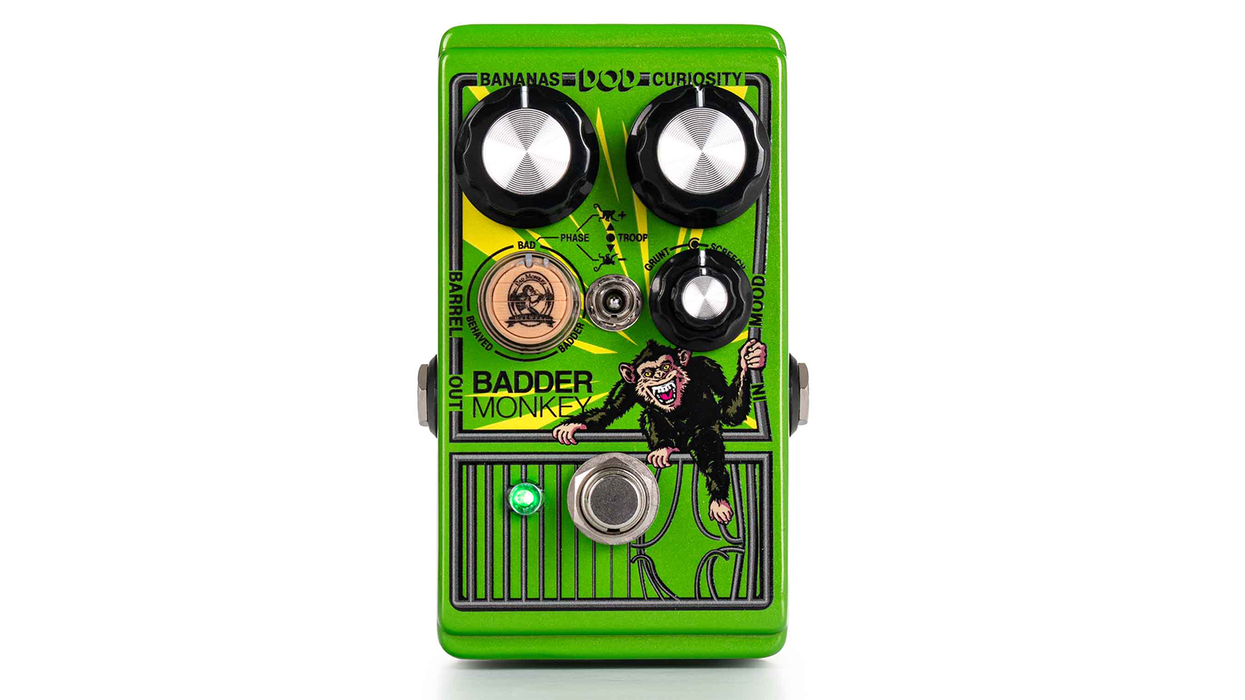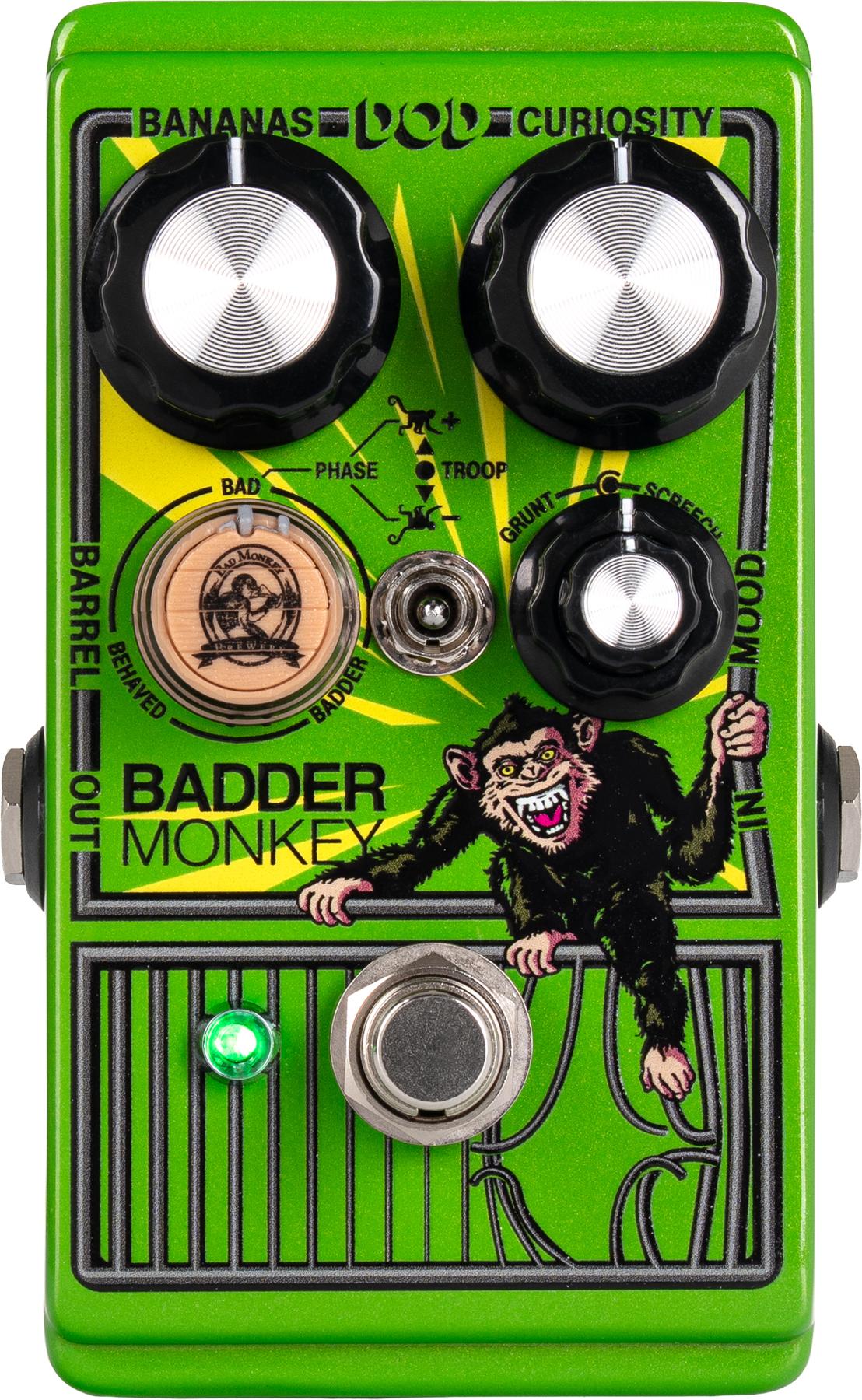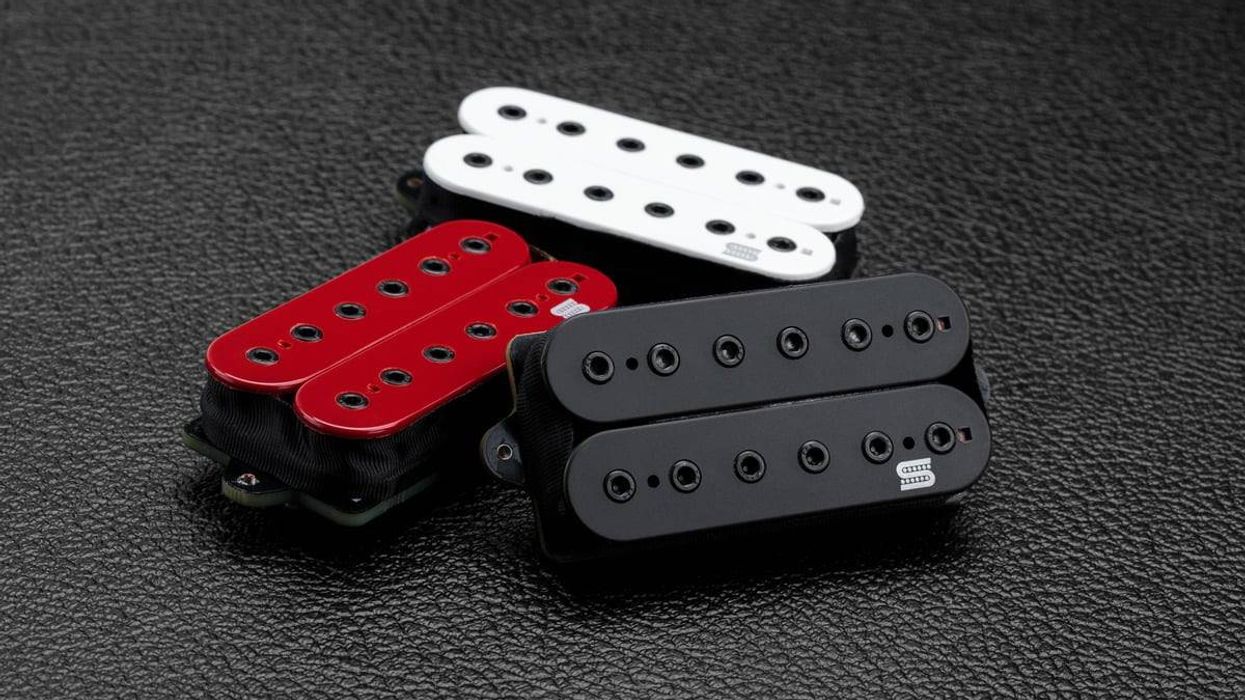 | |
|
This month we will continue looking at ways to improve the sound of your PA system; we’ll begin with driver alignment. Driver alignment is a term that refers to the “time aligning” of your speakers so all of the sound comes out at the same time, which sounds a little weird until you think about it. When your audio signal is sent down the wires to your amplifiers and finally to your speakers, the electrical signal starts all of the speaker components vibrating at the same instant, which is called acoustic alignment.
This big phrase is actually a simple concept. If we were to look at a cutaway of your speaker cabinet, you would see that the horn driver and woofers of different sizes can have different acoustic centers. The acoustic center of an individual driver is the location where the sound is considered to start its acoustic journey to the listener’s ears. This is generally considered to be the front plate of the speaker. You can tell its location by looking at a speaker – it is where the magnet assembly of the speaker and the frame that supports the outer rim of the speaker meet. Unless you have some good speaker diagrams, you will need to estimate this location, which should get you to within a half-inch of its actual location.
You will also need to know the acoustic center of your horn drivers, which is usually considered the front of the horn driver where it bolts to the horn. This doesn’t seem very exact if you have looked at a horn driver closely, but it should be close enough for most situations.
The theory is that you need to delay any drivers (woofers) that may physically sit in front of other drivers (horns) so that all the sound exits the speaker enclosure at the same exact instant. This is intended to make things sound “coherent” and moving in a unified wave at all frequencies. To do this, all of your speaker cabinets should be the same model and arranged edge to edge when stacked on the subs. You also need an amplifier for each type of component in your speaker enclosure – your horns need to have their own amp, the 12” speakers need to have their own amp, the 15” speakers need to have their own amp, and so on.
All of these amps also need to be controlled by a signal processor with a driver time delay function. My favorite unit for this in the lower price range is the dbx DriveRack PA. There are other great units out there, but I have about a baker’s dozen of these and all the club sound guys in my area use them as well. This delay can be done in feet/inches, meters or milliseconds. In general, feet/inches works best for most applications.
Begin with the speaker component that is the farthest away from the front of the speaker cabinet as the starting or “zero” point. Every driver component in front of that zero point will need to be delayed to that speaker. Measure the distance between the acoustic centers of the different speakers and dial in the delay time (feet/meters/ milliseconds) for each driver group. You should also be able to do this for your subwoofers, although if you have horn subs this can be tricky and is beyond what we can discuss here. When you are done, your speakers will be “acoustically aligned” and should sound cleaner and punchier.
System Delay
The concept behind system delay is that you should delay the sound coming out of your speaker system to match up with the sound coming from the guitar amps on stage. I have worked with many bands to try to line up the guitar amps with the front of the kick drum head. In theory, this creates a coherent wave front from all the instruments in the band.
For this you need to delay your PA to line up with the sound coming off of the stage. Measure the distance from the front of the kick drum head, or possibly the guitar amp line, and measure to the “acoustic center” of your PA. Go into the proper section in your digital signal processor and set the delay of the PA for the distance you just measured. Remember, this value may change when you go from club to club and venue to venue. You will need to measure and input this value again every time you set up for a show.
Now have fun and sound great!
Andy Anderson
Concert Sound
515-291-0464
andent@lvcta.com






![Rig Rundown: Russian Circles’ Mike Sullivan [2025]](https://www.premierguitar.com/media-library/youtube.jpg?id=62303631&width=1245&height=700&quality=70&coordinates=0%2C0%2C0%2C0)

















